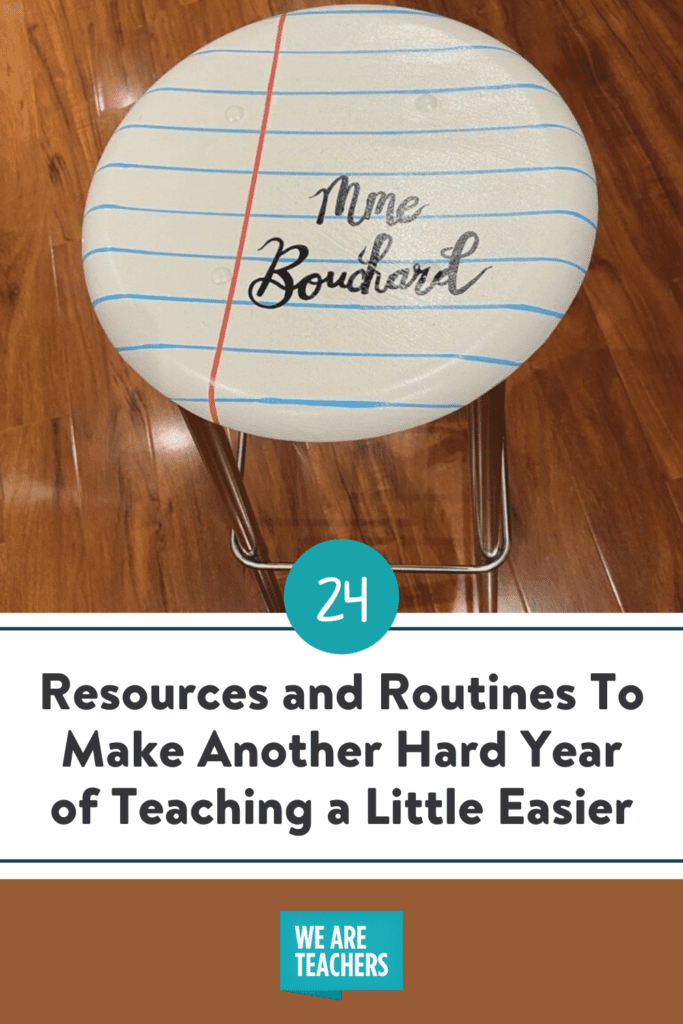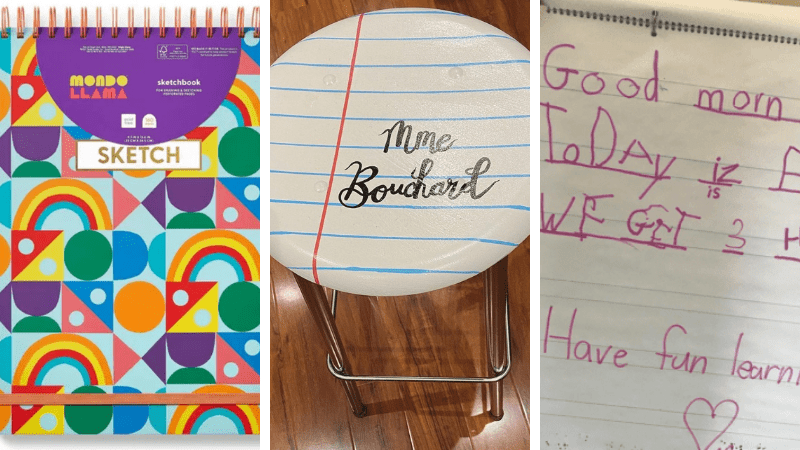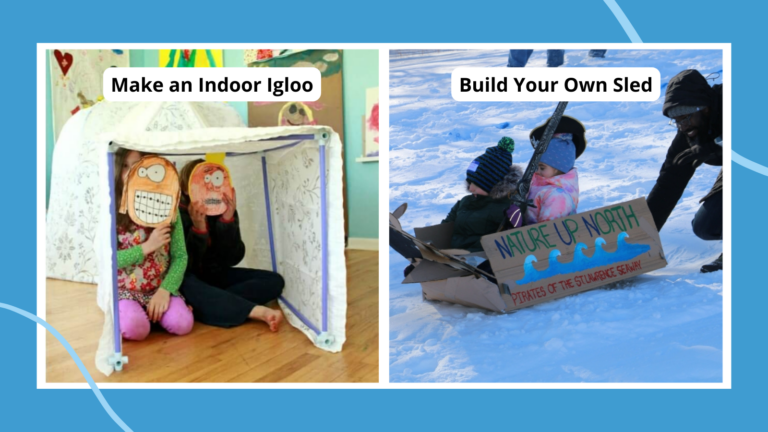It’s been one heck of a year and a half. Teachers and students alike need life-affirming experiences every school day. To help you and your students thrive, we’ve handpicked the materials and mindsets we’ve found truly uplift teaching and learning. You may laugh at how simple and “old school” they are. But that’s the point─it’s the little things in life that sustain us. So, here’s to the new school year! Here’s to you! And we hope some of these positive teacher resources help to energize your days.
(Just a heads up, WeAreTeachers may collect a share of sales from the links on this page. We only recommend items our team loves!)
1. A fresh new notebook
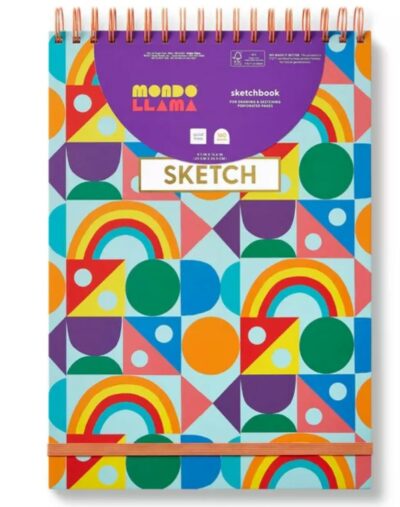
Why it works: Students aren’t the only ones who record learning in a notebook. Crack open a new notebook and jot down what you are discovering about students─and teaching.
2. Chart paper & easel; whiteboard and dry erase markers
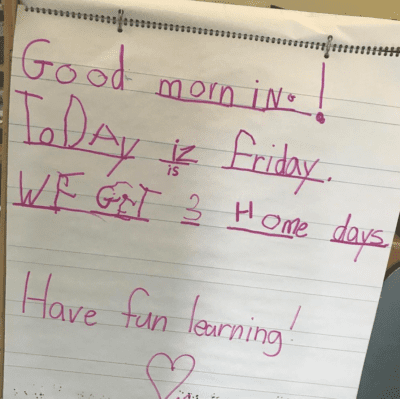
Why it works: Co-creating artifacts of learning experiences helps students transfer new skills to new situations. Inviting students to write and draw on whiteboards promotes engagement and gives you opportunities to check understanding.
3. Daily mindfulness practice
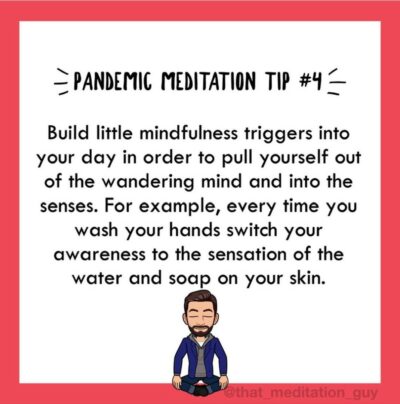
SOURCE: That Meditation Guy
Why it works: You make so many decisions all day long, and it can become overwhelming. After the day ends, pause for a moment to notice each of your five senses. What do you see, hear, smell, taste, and feel?
4. A low, lightweight stool
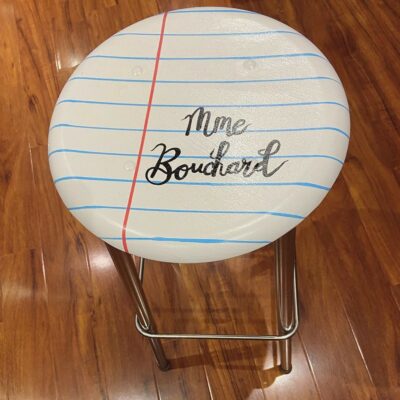
SOURCE: mme_bouchard
Why it works: A stool makes moving around the classroom to meet with students easy. Whether you pull up beside a small group or meet one-on-one, traveling to students creates a learner-centered culture.
5. Active listening
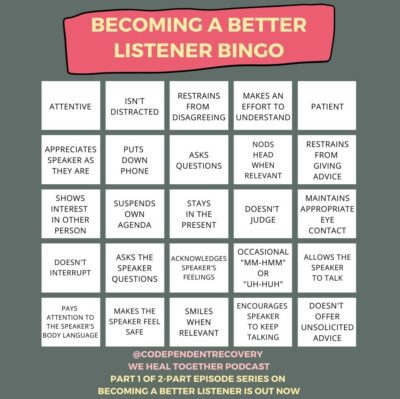
SOURCE: Codependent Recovery
Listening and hearing are two different things. Teachers who listen well build trust and become more responsive and able to problem solve. Attentive listening uplifts teaching because you wind up feeling greater compassion. Conversely, feeling too rushed to fully listen creates stress.
6. Listening circles
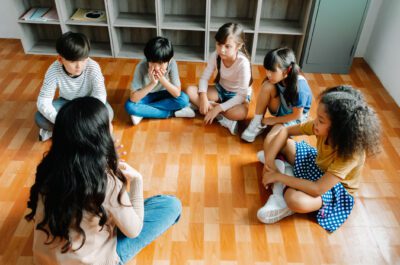
Use a listening circle to process hard parts in the classroom. Keep it to about 10-15 minutes for these listening circles, a time when all are heard. Edutopia has a great article on how to get circles going in your classroom.
7. Picture books about the pandemic or another event
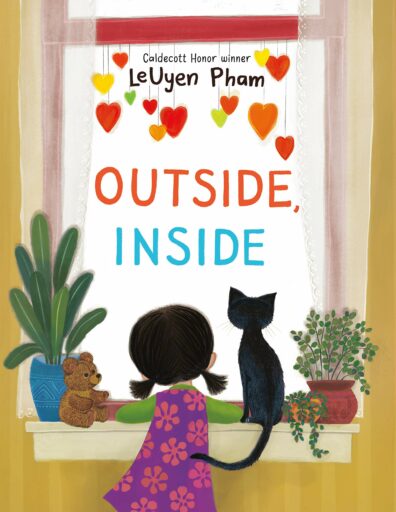
Sometimes, there is nothing like a newly published story to help children process recent events. Publishers have really stepped up their game since 2020 in terms of cultural relevance too. For example, Outside, Inside by Le Uyen Pham is a beautiful telling of the collective steps everyone took at the onset of the pandemic. The art and the words are a remarkable homage to the front-line workers, who are the heroes of our time.
9. SEL read alouds
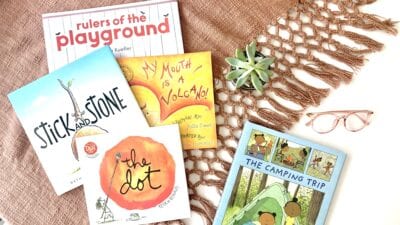
A great many picture books lend themselves to read alouds and discussion that promote social and emotional health. To make it purposeful, think about moments in the story that are ripe for questions that invite kids to think about a character’s self-awareness, decision-making, and attitudes toward others.
10. Social justice standards
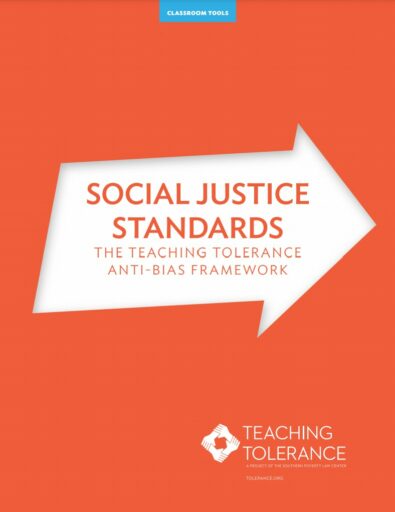
Be the change you wish to see in the world by using the K-12 social justice standards. They take the guesswork out of nurturing identity, diversity, justice, and action in all content areas.
11. A mantra
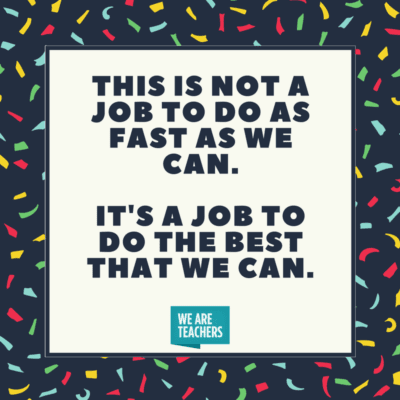
Mantras help us focus on something that energizes us. “We Can Do Hard Things” and “Peace Begins with Me” are two examples; select one for yourself and decide one with students.
12. Mirrors, windows, sliding doors protocol
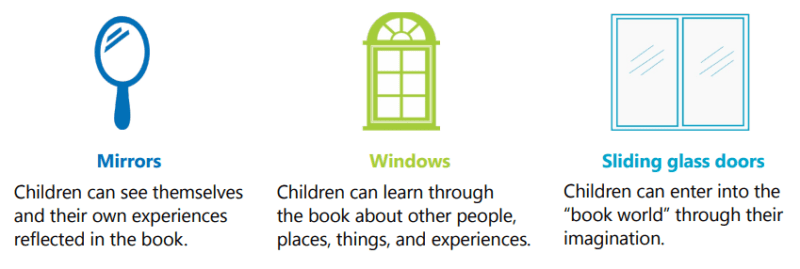
SOURCE: Tandem
While reading or engaging in conversation, the concept of mirrors promotes self-awareness and representation. Windows symbolize looking outward and learning about others. Sliding doors represent active engagement in the world. Look up Rudine Sims-Bishop to learn more about her simple but profound insight about literature.
13. Empathy like never before
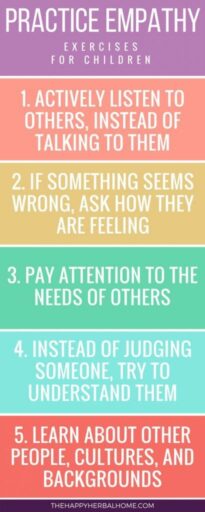
SOURCE Fun Thrifty Mom
Empathy is understanding and sharing the feelings of others. It builds strong social connections. When we deliberately model and promote empathy, students learn how to respond more thoughtfully to situations. They get good at being champions of the collective community.
14. A binge-worthy show

There are some fantastic shows out right now that help us temporarily escape the hard parts of life. Take in an episode or two each week.
15. Hydration app

Staying hydrated reduces stress. And, yes, there is an app for that! Try out Waterlama or any of the many apps available to remind you to drink water.
16. Class anthem
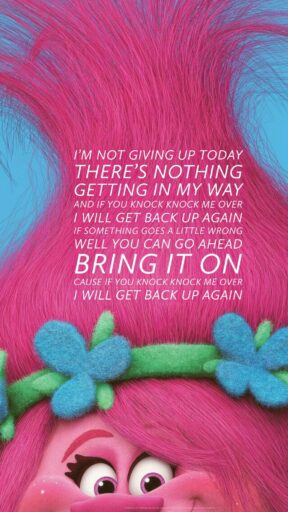
SOURCE: Pinterest
Share a song that unites you and gets everyone out of their seats. Some suggestions: I’m a Survivor by Destiny’s Child, Can’t Stop the Feelin’ by Justin Timberlake, Get Back up Again by Anna Kendrick
17. Colored pens, paper, markers, glitter
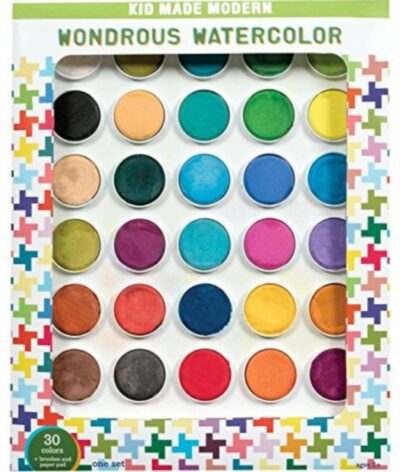
Children are coming to school this year starved for hands-on experiences after a long period of remote or hybrid learning. They need lots of tactile learning experiences. So, bring on the tools for creativity! (These pretty watercolors are from Walmart.)
18. People before Pinterest
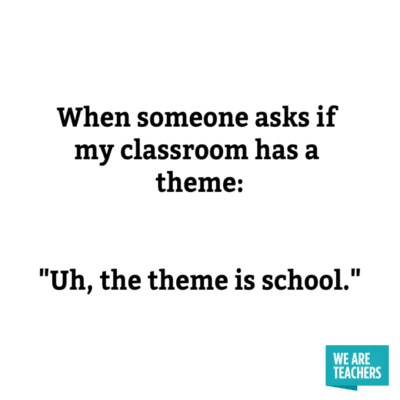
Pinterest can be a fantastic resource for us, as long as we use it wisely─and for the well-being of students. Sometimes cute and pretty is alluring but not helpful for instruction. Students will show us what is worth using from online resources, so watch them.
19. Pod Squad

Pick a favorite podcast, become a subscriber, and invite some friends to join a pod squad. This shared experience and weekly dose of entertainment is refreshing. Some podcasts to check out: This American Life, We Can Do Hard Things, The Good Life Project, and Teachers Talk Shop
20. Marie Kondo Instruction

Sometimes it is important to tidy up our instructional practices, Marie Kondo style. Just like Marie does in homes, reflect on your current instructional practices and see if they spark joy for you and your students. If they no longer belong in your repertoire, hold a space of gratitude for how that practice served you, and let it go. This will simplify teaching profoundly.
21. Goal-setting
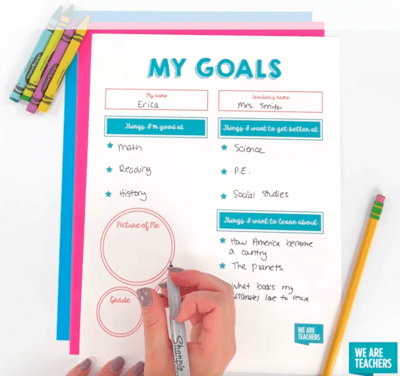
Collect evidence of student learning and set weekly goals, unit goals, and yearly goals. Reflect on how students are progressing socially, emotionally, and academically. Remember, it’s not experience alone that makes an exemplary teacher but reflection on experience.
22. Use timers
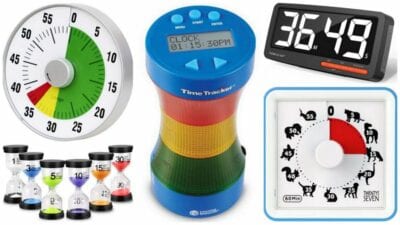
So often, classrooms are dominated by too much teacher talk. Timers are simple and mighty tools to build your self-awareness and promote a more student-centered space where the learners are constructing understanding through their talk.
23. Say no
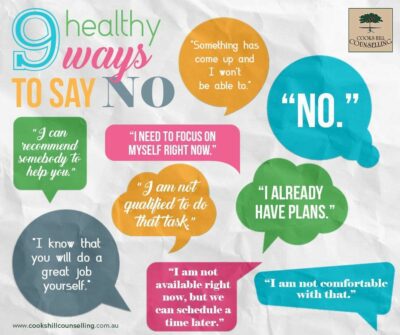
SOURCE: Cooks Hill Counseling
Saying no opens space in our compressed and busy lifestyles. Boundaries are fundamental to self-care. When they are murky, teachers often feel depleted, burnt out, and ineffective.
24. Say yes

Say Yes.
Say yes to what energizes you. As teachers we are hardwired to be giving, and put others’ needs before our own. Let this be the year you finally say yes to a hobby, a class, a regular spa or massage, or a raucous book club. Whatever floats your boat. Life is short. Live it.
We’d love to hear what positive teacher resources have helped you. Please share in the comments.
And be sure to subscribe to our newsletters for more articles like this.
